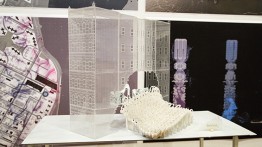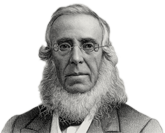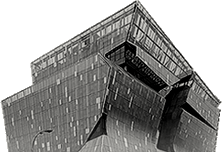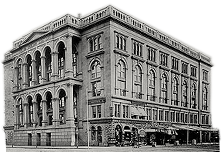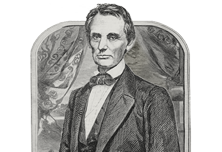Master of Science in Architecture
PROGRAM DESCRIPTION
The Master of Science in Architecture (M.S.Arch.), formerly known as Master of Architecture II, is the School’s post-professional degree program. Launched in 2009, The Cooper Union’s M.S.Arch. program extends the vision and intellectual rigor of the School’s undergraduate program and advances its preeminent role in the education of architects. The program is open to applicants with a professional degree in architecture (Bachelor of Architecture or Master of Architecture I) from a NAAB-accredited program or an equivalent accrediting agency abroad.
The core of the M.S.Arch program is two semesters of studio-based design research culminating in a thesis project in the third semester. The program offers opportunities for advanced research in an enlarged field of inquiry, enabling students to craft their own agenda across diverse areas of study over three consecutive semesters: fall, spring, and fall. The three concentrations—theory, history, and criticism, urban studies, and technologies—provide a backbone for individual research that often spans the three areas of focus.
In addition, graduate-level seminars and workshops offer an intensive one-year immersion in the criticism, history, and theory of architecture and urbanism. Emphasis is placed on approaches to architectural analysis and history, the role and contemporary relevance of theory, and the social/political relations between theory and design. Seminars prepare students for careers in teaching by providing a broad understanding of the cultural conditions of architectural production and concentrating on excellence in writing and developing pedagogy. Analysis studios offer deep insight into the formal and programmatic diversity of historical and contemporary architecture, the process of design, and potential avenues for new approaches to theory and practice. An emphasis on technologies of representation allows for deeper investigations into specific areas of historical or contemporary architectural theory and ever-evolving developments in fabrication and computation.
Faculty directly engaged with the Master of Science in Architecture program in studios and seminars include Diana Agrest, Benjamin Aranda, Nora Akawi, Lauren Kogod, Michael Young, and Guido Zuliani among others.
The Master of Science in Architecture program foregrounds supervised independent research in the following areas of study:
Theory, History, and Criticism of Architecture
Considers questions concerning the theory and criticism of modernism and contemporary architecture, the philosophy and aesthetics of architecture, the mediatization of architecture, and broader cultural and historical issues through the critical readings of texts, the development of critical projects, and a written thesis.
Urban Studies
Addresses issues central to the design, planning, and development of cities and regions, including study of the morphological, social, and cultural effects of globalization; the survival of local urban cultures; redevelopment of central cities, suburbs, and exurbs; and issues specific to New York and comparative cities.
Technologies
Focuses on technological issues of architectural design, representation, planning, and production, such as the impact of new information technologies, new materials, and manufacturing processes; hardware and software development; mapping and modeling techniques; and the technologies of fabrication as they influence new design strategies. This area also focuses on the economic, ethical, and technological dimensions and design potential of sustainability, and developments in new structural systems, materials, and building assemblies.
Eligibility
All applicants to the Master of Science in Architecture program must 1) hold a professional Bachelor of Architecture (B.Arch.) degree, a professional Master of Architecture (M.Arch. I) degree, or an equivalent accredited professional degree in architecture from a foreign institution; and 2) have completed a minimum of one year of work experience after obtaining their first professional architectural degree. The program is structured to be completed during two full-time, consecutive semesters followed by a final thesis semester during the subsequent fall. The exhibition of thesis work will be part of the End of Year Show that takes place at the end of that academic year. Graduate students must complete thirty required credits for the Master of Science in Architecture degree during full-time, contiguous resident study at The Cooper Union.
The Master of Science in Architecture program offers a merit scholarship valued at approximately 25% of the base tuition.



